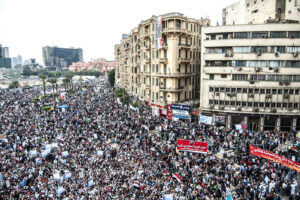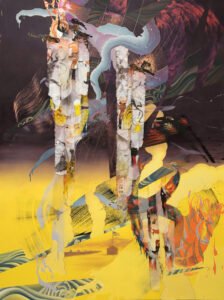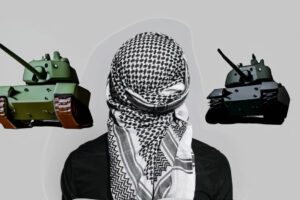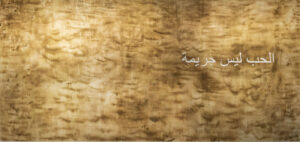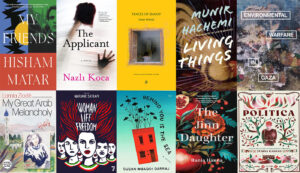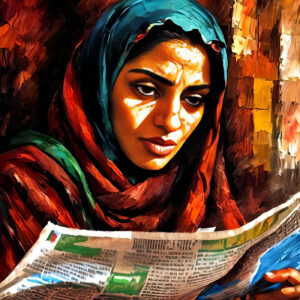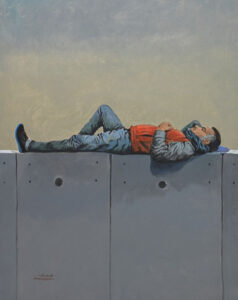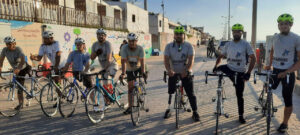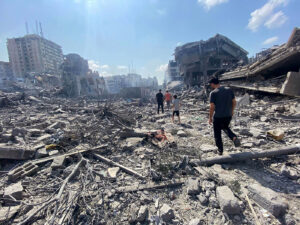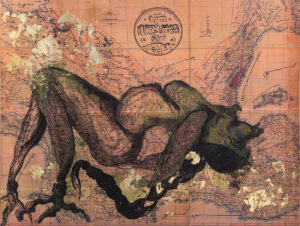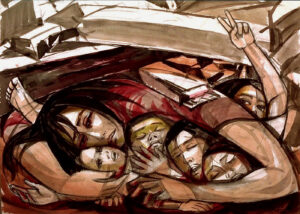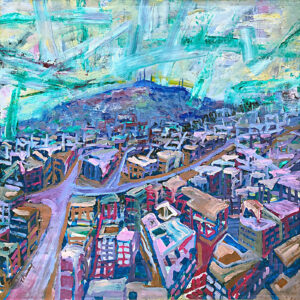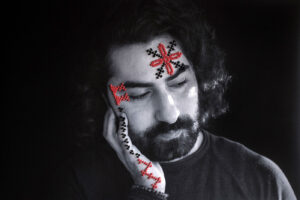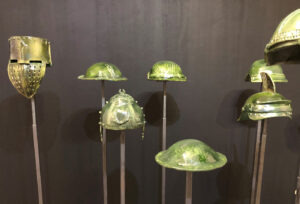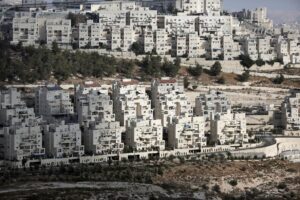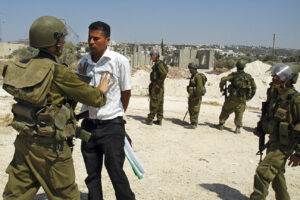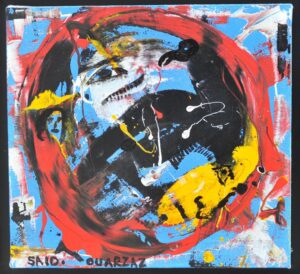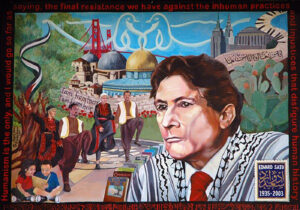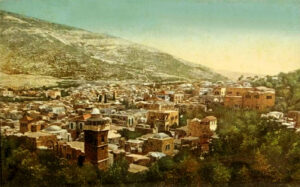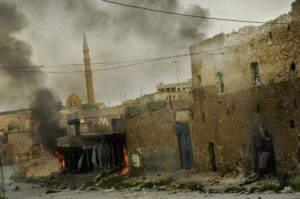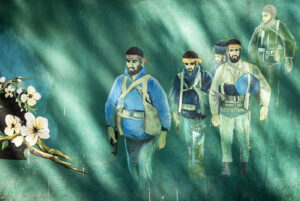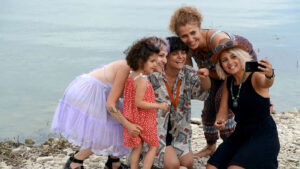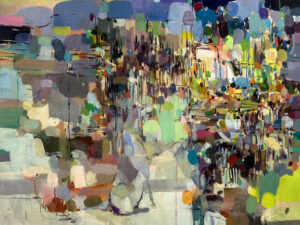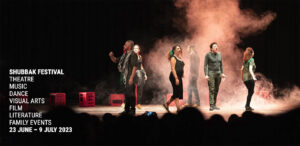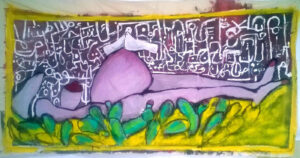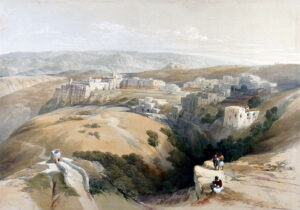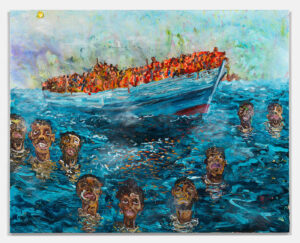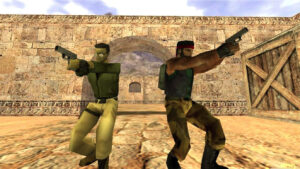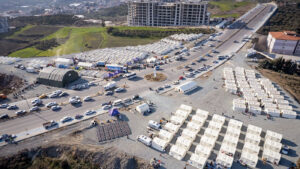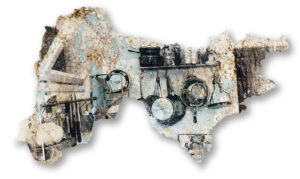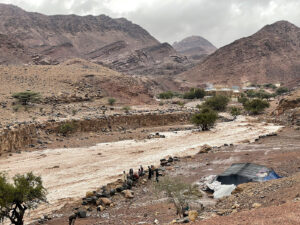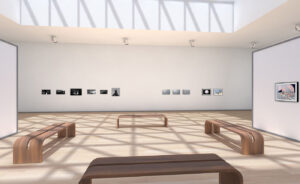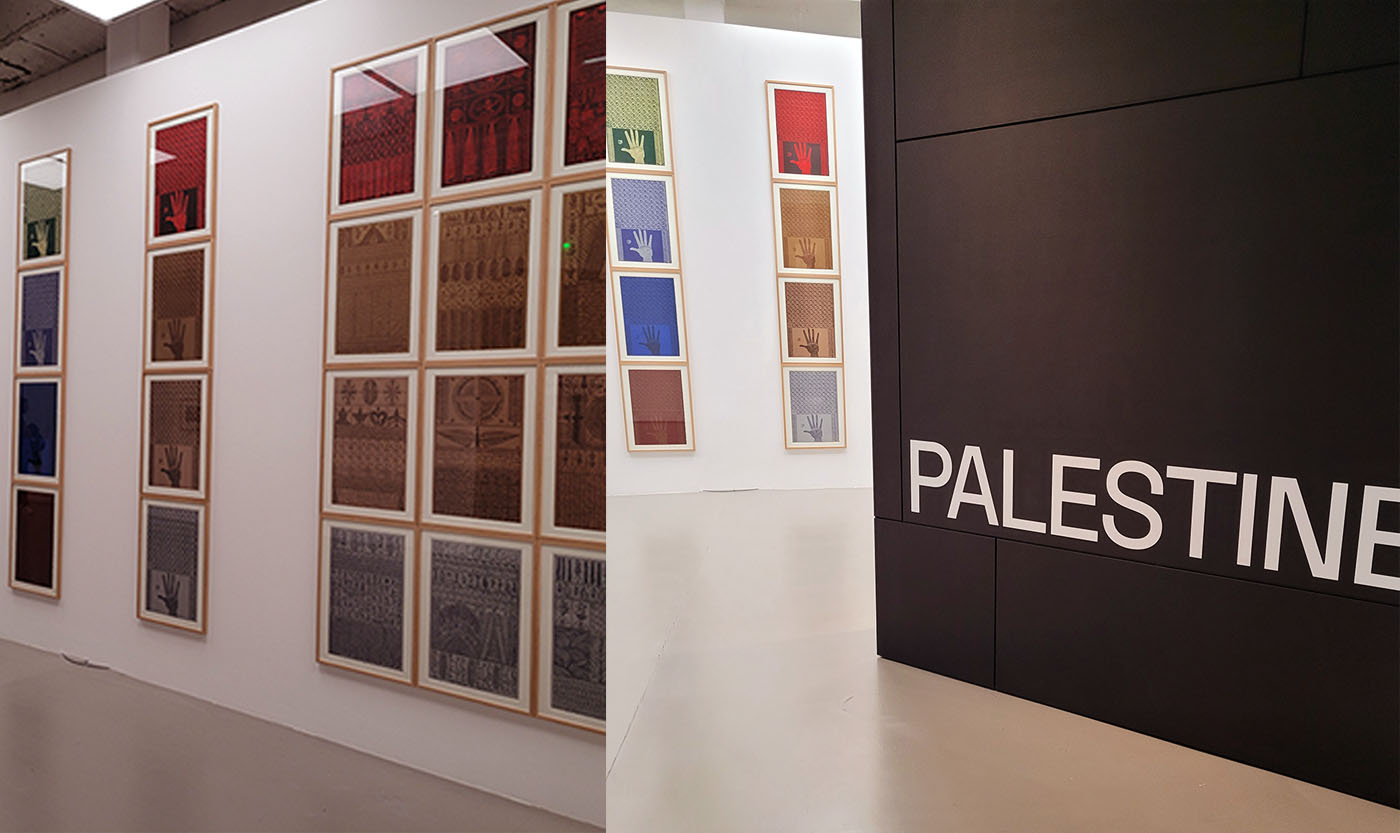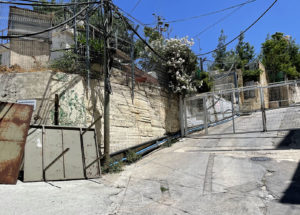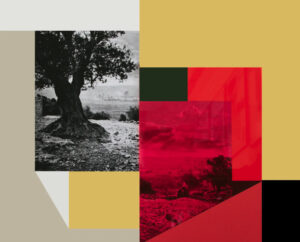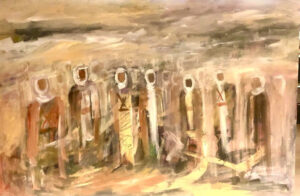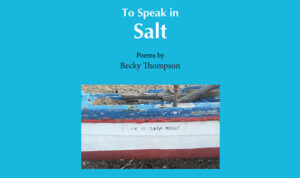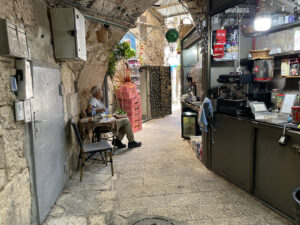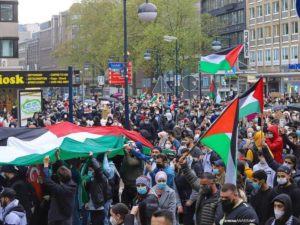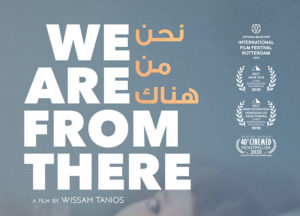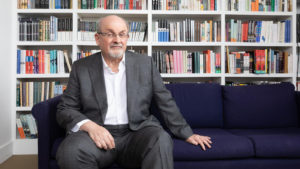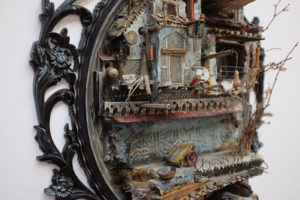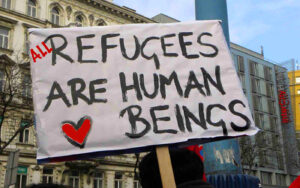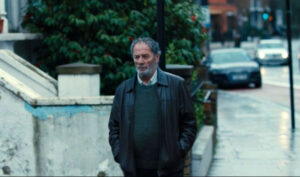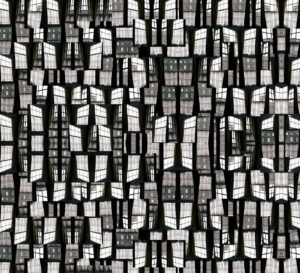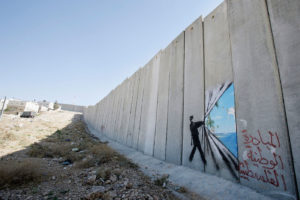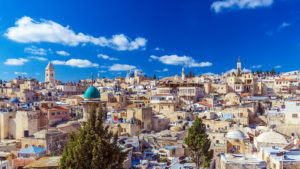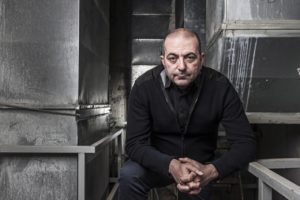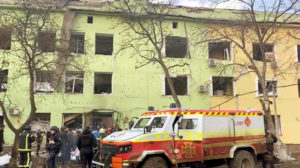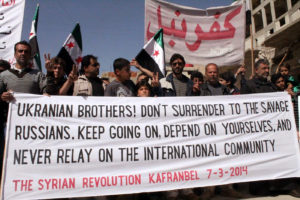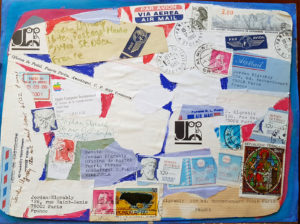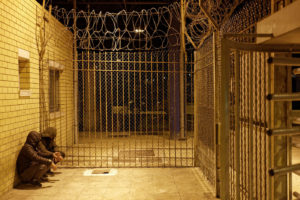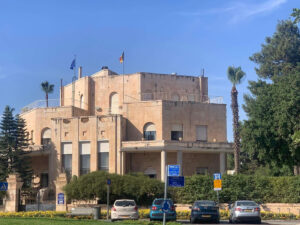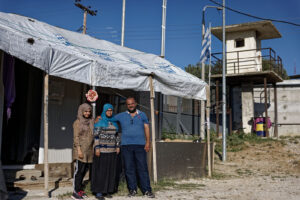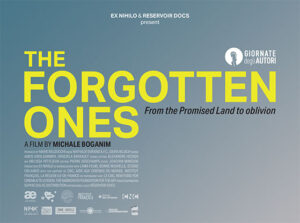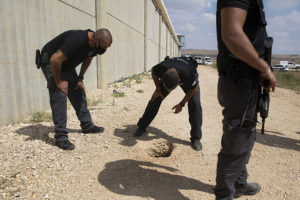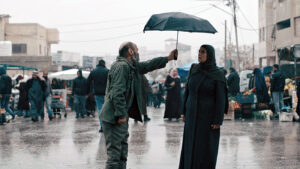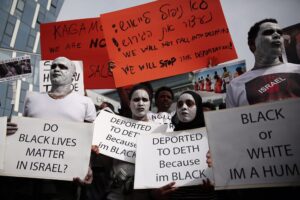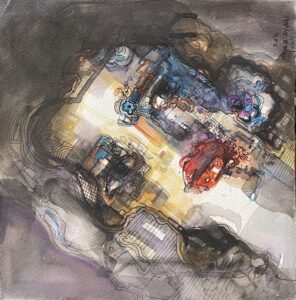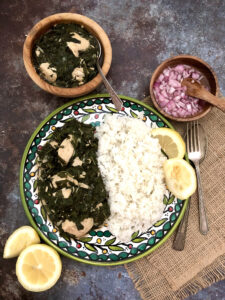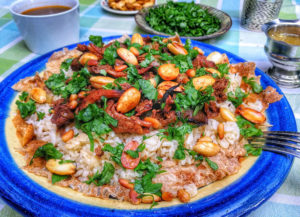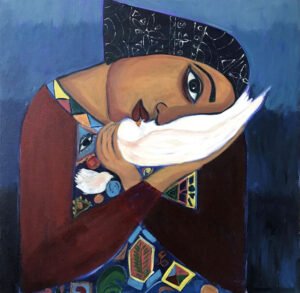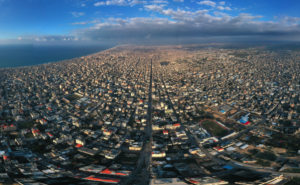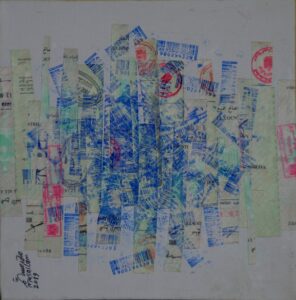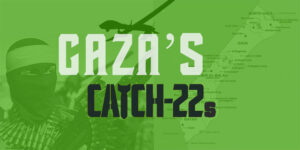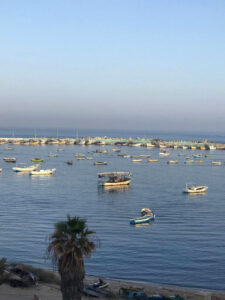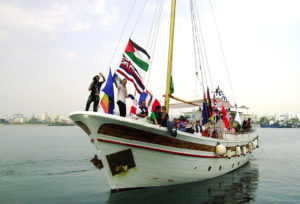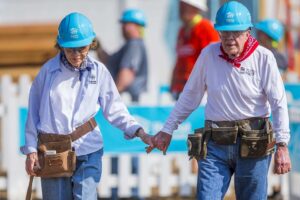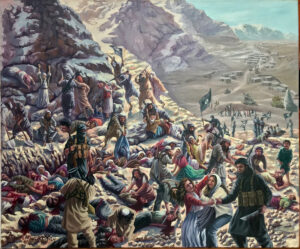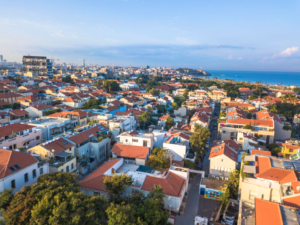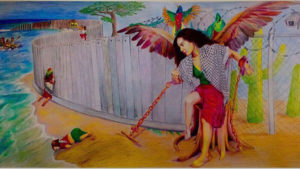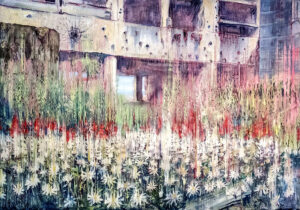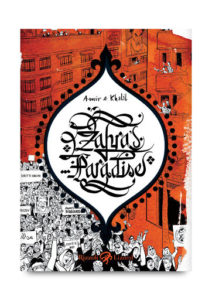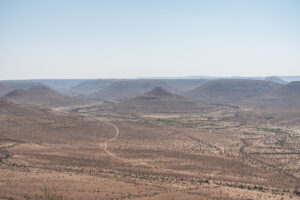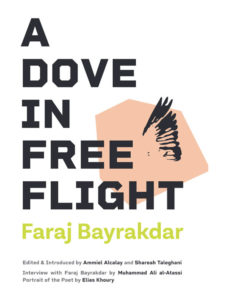At the Thessaloniki Film Festival, three documentarians present films largely shot on cell phones, from Gaza, Sudan and Israel/Palestine — stories that hack away at the obscurity of censored and forgotten conflicts.
In Thessaloniki, cineastes pick their way through the cobbled lanes of what used to be Europe’s largest Jewish port, headed to minimalist screening auditoriums in converted warehouses. A city already used to year-round outdoor living glitters during a twice-annual film and documentary festival that is fast-becoming one of Europe’s best-known. But while packed restaurants and streetside cafés cascading to the illuminated Mediterranean corniche present an image of careless abundance, death and destruction unfurl on the sea’s furthest shore, in Gaza, and further south, in Sudan.
Three very different documentarians screened films in March in Thessaloniki, largely shot on cell phones from the site of smothered conflicts. Syrian director Mahmoud Atassi’s Eyes of Gaza follows three local journalists as they struggle to convey life under bombardment in the world’s largest open-air prison; Sudanese Talal Afifi’s Khartoum tells the story of five very different people finding themselves trapped in a capital city suddenly engulfed in civil war; and Lebanese-Canadian Amber Fares’ Coexistence My Ass follows a leftist Israeli comedienne, Noam Shuster Eliassi, as she negotiates the Arab-Israeli conflict and Israel’s culture wars alike, one quip at a time. Geographically, Thessaloniki was the closest location in which any of the films had been screened relative to their place of production. This points to both the sensitivity of the issues at stake and the festival’s emergence as a regional spot where difficult cultural and political conversations can be had.
“This is the closest to Israel where the film has been screened,” actor-comedian Eliassi confirmed during the Q&A session following the film, admitting to the toxicity of the situation in her home country. “I’m here because there is still a little crack of freedom of speech that I get because of my privilege as an Israeli Jew.”
Two weeks later, as though in a testament to this, Israeli settlers in the West Bank assaulted Hamdan Ballal, the Palestinian co-director of the Oscar-winning No Other Land, who was then subsequently kidnapped by Israel’s occupation forces from the ambulance dispatched to rescue him.

An abundance of unnarrativized images
So why are the ground-level images from Gaza and Sudan featured in these documentaries so much more impactful when contextualized within a character-led narrative?
The truth is that the internet is rife with extremely graphic imagery and updates uploaded daily from both conflicts. But they fail to reach us in a memorable manner, both because they are remote and inaccessible and because the conflicts that produce them are dismissed by western audiences as arcane or culturally alien. Our inability to engage with the Sudanese civil war is more revealing of our own exposure to propaganda, which cultivates both a cultural parochialism and an ethical culpability.
The Israeli army’s ban on media coverage designated Gaza as off limits to western media all while the state put its hasbara (propaganda but literally: explanation) mechanisms into overdrive to paint any public critic of its ethnic cleansing campaign as an antisemite. Within Gaza, Israel lethally targeted at least 175 journalists both before and during its invasion of the Strip in the wake of the 2023 Hamas attack, with the most recent murders being those of Mohammed Mansour and Hossam Shabat on March 24, the latter of whom was only 23 years old.
Sudan’s black box
The Sudanese selection, Talal Afifi’s Khartoum, is about the daily risks, joys and humiliations endured by a civilian population when their city turns into a warzone. Filming began in 2022 during the short-lived Sudanese democratic spring but production was suspended at the start of the civil war.
“When the civil war resumed, we lost contact for some months with our participants and team, then had to spend the film’s remaining budget getting them out of the country to abroad,” said Afifi. “Much of the footage they had shot was lost, because militias were checking phones at every checkpoint.”
The rest of the film is shot in Nairobi, where the characters reenact their traumatic experiences against a green screen and discover ways to connect and communicate that strict ethnic, class and social barriers would not have permitted in Sudan.
Sudan’s tumble back into civil war in 2023 cut its links to the outside world and turned the country, the size of Europe’s five largest countries combined, into an impenetrable black box. The war precipitated further ethnic cleansing and constituted the world’s largest humanitarian crisis, with seven million Sudanese on the edge of starvation. A media blackout prevails over a conflict that began as a political and ethnic dispute, then escalated in complexity, sucking in several regional and international actors and becoming a proxy war over resources and geopolitical positioning.
“The ones generating news narratives in the region are also the ones funding and fuelling the war in Sudan,” said producer Afifi in an interview with TMR. “This film was a real chance for us to re-own our narrative from a Sudanese point of view.”
Such films also help shed light on stories nearly entirely absent from international media headlines. For example, in Sudan, the UAE, Turkey and Russia have been caught arming both sides, with the Emirates also running a drone base under cover of a hospital serving the African victims of the Arab militia they are arming in Sudan. In Gaza, Israel has been bombing civilians at aid distribution lines, and its soldiers raping Palestinian prisoners. Yet although the Israeli-Palestinian crisis is comparably far more scrutinized, this story remains largely absent from media narratives. Meanwhile, US President Donald Trump fêtes Israeli Prime Minister Binyamin Netanyahu and Emirati spy-chief Tahnoun bin Zayed in the White House, even though the first is subject to International Criminal Court proceedings and the second’s country accused by Sudan of genocide in an International Justice Court complaint.
“The Western gaze on Sudan is dehumanizing, whether in the reported death-tolls which are just numbers, or in the aestheticization of suffering,” said Afifi. “From the international agencies’ 1980s photos depicting children-victims of the famine, to iconic African liberation leaders such as Patrice Lumumba excluded from the kind of pop-culture status achieved by a Che Guevara, Africa is subjected to constant marginalization.”
Hundreds of journalists have been harassed, detained or killed, and 90% of Sudan’s media infrastructure destroyed. Coverage of the country is compounded by global disinterest and lack of internet access, two factors that apply less to Gaza, which folds into the well-established Palestinian-Israeli conflict narrative and where citizen-journalists sprung up overnight to replenish the ranks of excluded international journalists.
Weaponizing humor
Western familiarity and fascination with the Gordian knot that is the Arab-Israeli relationship makes it part of a “biblical super story through which the West looks at the world,” Thomas Friedman argued in his 1989 book From Beirut to Jerusalem, giving an alternative explanation to why the ethnic cleansing of Gaza dominates our screens more than Sudan’s. It is this narrative that Noam Shuster Eliassi seeks to change inside and outside Israel, by weaponizing her sense of humor. The daughter of leftist parents with roots in Iran’s Jewish community, Eliassi grew up in Israel’s only mixed-Jewish-Muslim-Christian kibbutz, a Trappist-founded experiment in coexistence named Neve Shalam/Wahat as Salam, the Oasis of Peace, where she became fluent in Arabic.
But coexistence is hard to find in contemporary Israel, she quips to western, Arab and Israeli audiences in stand-up routines and in appearances on Arabic and Israeli channels. She became an overnight social media sensation in the Arab world after proposing to the Crown Prince of Saudi Arabia on live television.
After October 7, Eliassi has sought “to voice resistance to this insane show of force that has swept everyone up blindly.” But in a measure of how far Israeli society has lurched to the right, the only scenes where we witness her arguing with fellow Israelis are at anti-Netanyahu protests attended by ostensibly leftist-seculars and centrists. They shrug away her call for inclusion of Palestinian suffering in their protests as irrelevant to what they consider an internal disagreement. While the film is declaredly pro-Palestinian, it does not escape the tendency of much Israeli cultural production to primarily focus on the grief and emotional turmoil of its Israeli protagonists.
Nightmarish journey
The documentary that plunges us right into the battlefield is Eyes of Gaza. It provides pounding evidence and a rare glimpse into the lives of the men feeding the few channels that provide a platform for the ghastly footage of collapsed buildings, dismembered victims and the movement of refugees on a biblical scale. Syrian director Mahmoud Atassi directed it remotely from his Istanbul exile for Al-Jazeera Arabic. Not crafted for a western audience and only sent to festivals as an afterthought, it offers realistic characters who are neither westernized nor absorbed by concerns easily relatable to an imagined western audience. Their constant religious imprecations discomfort the Greek audience; one lady requests an explanation in the Q&A.
“These people are facing closed borders, the near-daily killing of their relatives, so they are left with nothing but Allah,” explains Atassi. “If they were Christians they’d be invoking Christ.”
Without internet in the Strip, the journalist protagonists of Eyes of Gaza transfer their material by climbing to the third or fourth floors of bombed apartment buildings in the no-man’s-lands bordering Israel, and sending their stories at 30kb-per-second speeds over the Israeli internet network. Often, they leave their laptops open on windowsills overnight and come back whenever they can. The three lone, fighting-age men walking together through northern Gaza’s deserted wastelands are likely constantly in the sightlines of multiple snipers and drones. Though their PRESS-inscribed flak-jackets may endanger more than protect them, they continue wearing them, if only so their cadavers can be positively identified postmortem as having belonged to journalists.
Atassi’s journalists sleep piled together in a hospital room, without taking off their clothes. Every morning, they simply pull on their flak jackets again and head out. With fuel being so scarce, they usually travel on foot to the sites of the stories they cover. The documentary opens with breathtaking footage of them being bombed as they are out reporting. Running for their lives through bombed-out streets is not so different from Atassi’s experiences in his home city of Homs, which was one-third destroyed by the time he left it in 2012, “allowing me to imagine what’s going on in Gaza on the ground.”
The journalists film refugees marching in demonstrations to lament their starving children and decry the absence of their fellow Arabs. The Arabic-language protest signs indicate that their focus of despair has shifted from the merciless Israelis, invisible but for their constant drone soundtrack, to the Arabs and Muslims who were supposed to come to their aid but haven’t. A man on the street hopelessly tosses 200-shekel (about $54/ €50) notes in the air, asking what worth they have when there is no food to purchase.
Much of the journalists’ interactions with their fellow Gazans is to comfort more than interview them. In one scene, they clamber through ruins to access their colleague’s destroyed house (he still unlocks the front door to enter). Inside, past a pristine new bed and ultrasound photographs of the baby expected by his pregnant wife, cracked walls and holes give way onto a desolate world of rubble. As dusk falls, headlight beams dance over the monotone vistas. Later the bombing resumes, adding new light sources: the white flash of bombs, the red of fire-engine lights and the yellow of Israeli illumination flares. “Our entire team has perished,” medics fleeing a bombing site wail.
History’s quickening reactivation
Meanwhile, normal life progresses on the streets of Thessaloniki. Brightly lit boutiques illuminate the bustling crowds and dozens of open-air gas heaters keep café and bar regulars warm.
The conflicts in Gaza and Sudan are distant and probably unknown to a majority of the locals, or inscrutably intractable despite the recency and ferociousness of their reignition. Local analysts explain them away as the products of age-old savage cultural practices, a comforting narrativization to keep them divorced and distant from Europe’s rationalist traditions.
Even so, history’s quickening reactivation is making some pause and think. The palpitating daily acceleration of global events cannot leave Europe untouched. The warnings against soothing cultural lullabies and national exceptionalisms are all there; they don’t have to be sought in obscure documentaries screening at highbrow festivals.
From the pages of a mainstream Greek daily lying on the table of one café, Steve Bannon, adviser to US President Donald Trump warns: “You guys are going to get caught in the middle of it. It’s time not just to choose sides; more importantly, you have to choose where you want to end up because this thing is going to be devastating.”
After five-hour stretches of editing compressed war footage, Atassi would step out onto the streets of Istanbul and be surprised by the sight of people going about their peaceful lives. “It would shock me,” he told TMR in a phone interview from Istanbul. “I’m not saying that you can’t be happy, but just think about the other people who are suffering.”








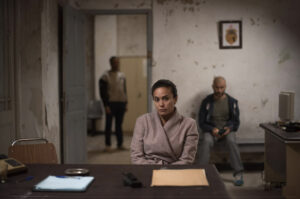
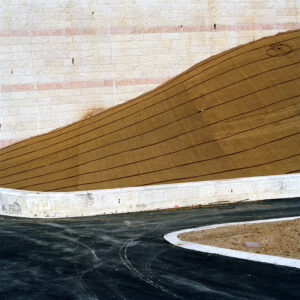






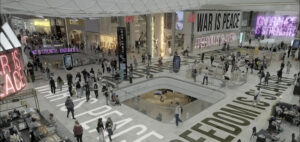
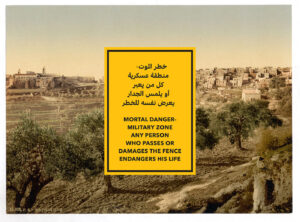
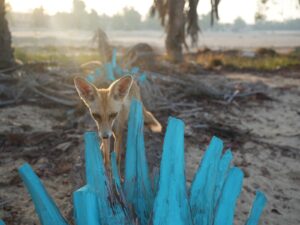


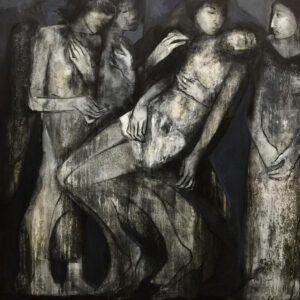


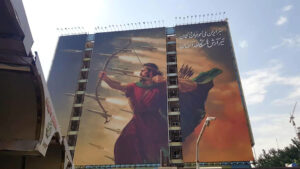
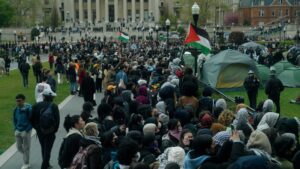
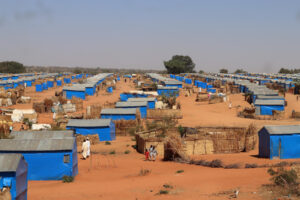

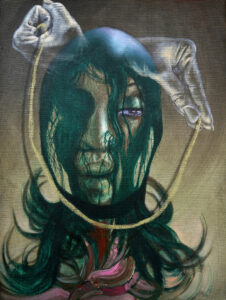







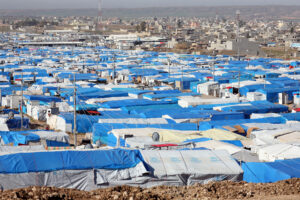

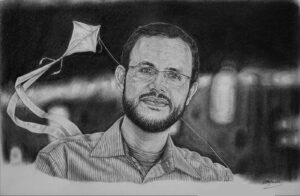
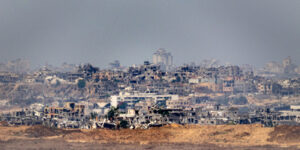
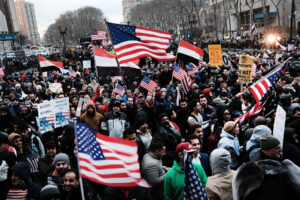
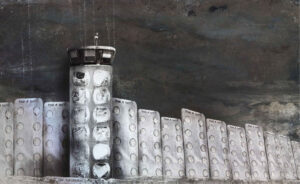


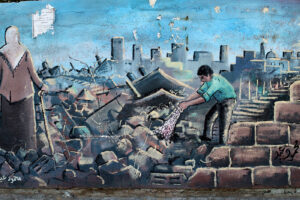






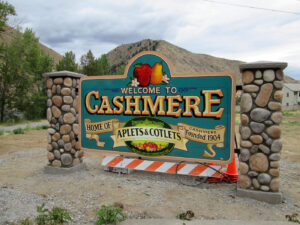
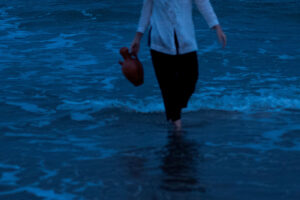



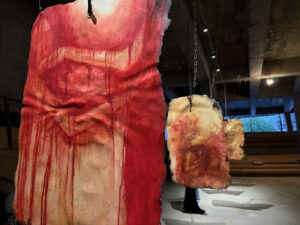

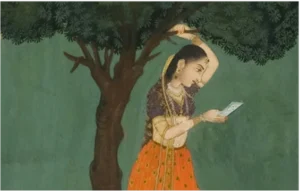

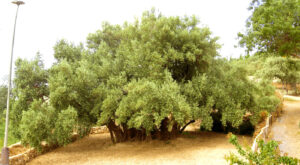
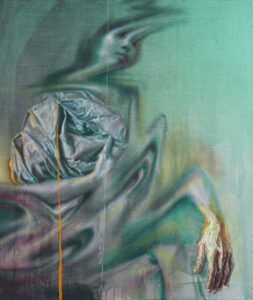




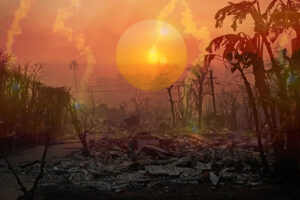












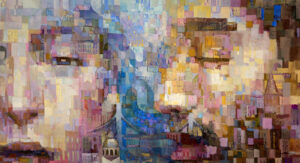




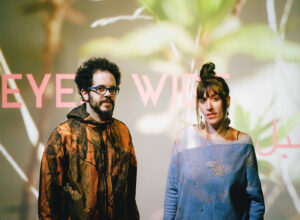




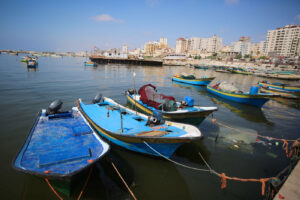






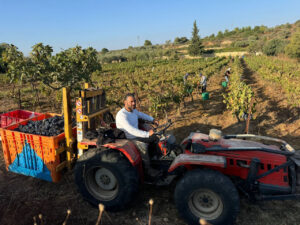


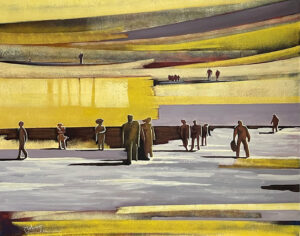





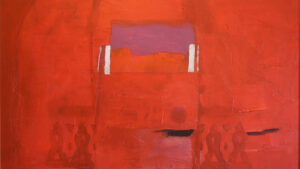


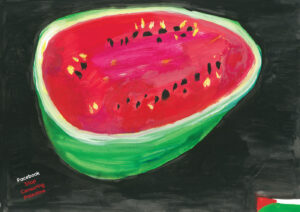







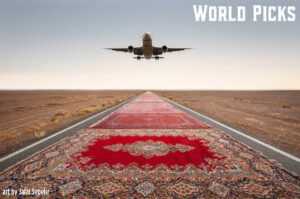
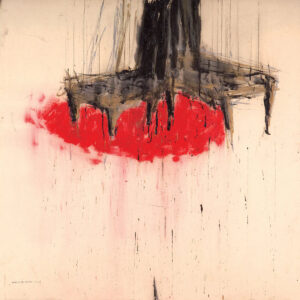

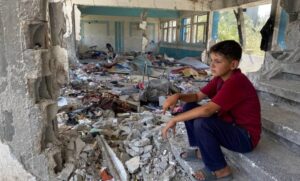











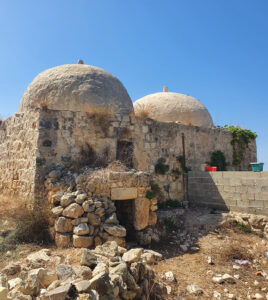
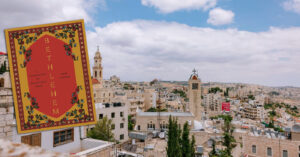

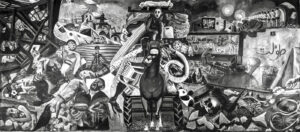


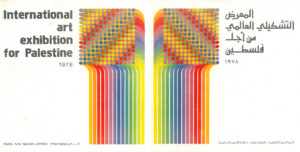

![Fady Joudah’s <em>[…]</em> Dares Us to Listen to Palestinian Words—and Silences](https://themarkaz.org/wp-content/uploads/2024/03/SAMAH-SHIHADI-DAIR-AL-QASSI-charcoal-on-paper-100x60-cm-2023-courtesy-Tabari-Artspace-300x180.jpg)



